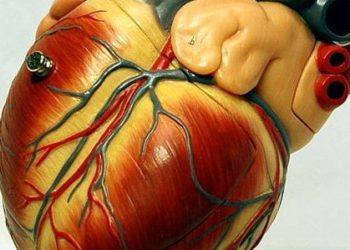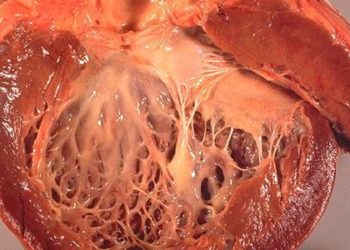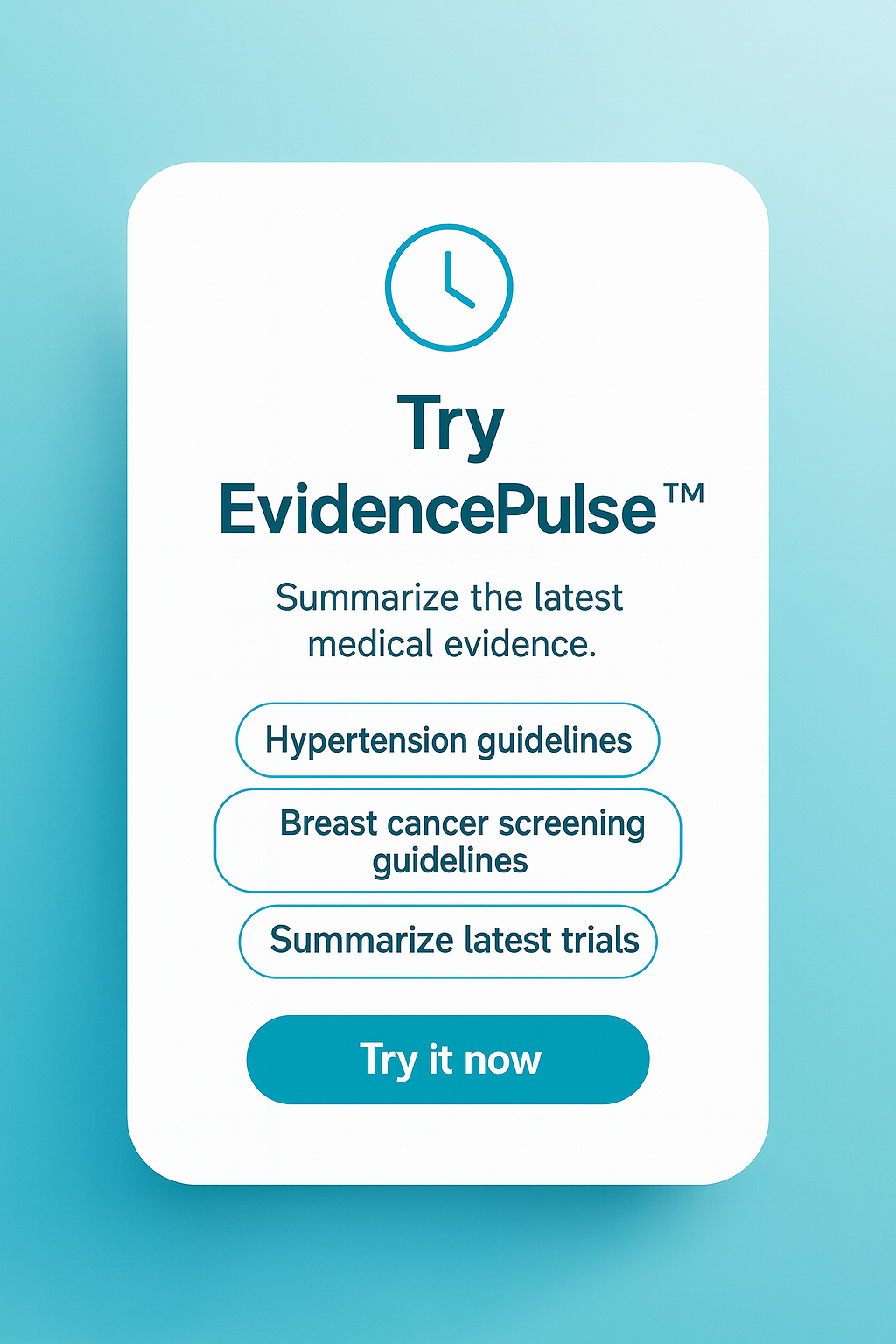Higher blood pressure targets do not improve outcomes in comatose patients
1. Comatose patients with a low blood pressure target did not significantly differ in rates of mortality or poor neurological outcomes at discharge as compared to a high blood pressure target group.
2. There were also no significant differences in the percentage of patients who experienced adverse events such as infection, bleeding, arrhythmia, or seizure between the low-target and high-target groups.
Evidence Rating Level: 1 (Excellent)
Study Rundown: An important part of post-resuscitation care is the maintenance of adequate perfusion to vital organs such as the brain, heart, and kidneys. There is a gap in the literature as to whether low or high-blood pressure targets result in better outcomes for comatose patients. The present study examined whether a higher (77 mmHg) or lower (63 mmHg) target mean arterial blood pressure would prevent death or severe anoxic brain injury in comatose survivors of out-of-hospital cardiac arrests. There was no significant difference in the percentage of patients who died or were discharged from the hospital with a poor neurological outcome between groups. There was also no interaction between oxygen-target interventions and blood pressure-target interventions. Overall, the results were consistent across all subgroup analyses of age, sex, and comorbidities. No significant differences were observed for secondary outcomes such as the Montreal Cognitive Assessment score, modified Rankin scale score, and Cerebral Performance Category (CPC) at three-month follow-up. Finally, there was no difference in serious adverse events such as infection, arrhythmia, bleeding, electrolyte disorder, metabolic disorder, or seizure between groups. The main strength of this trial was the large sample size compared to previous trials and the examination of numerous clinical and laboratory outcomes.
Click to read the study in NEJM
Relevant Reading: Oxygen targets in comatose survivors of cardiac arrest
In-Depth [randomized controlled trial]: The present study was a randomized trial with a 2-by-2 factorial design, where comatose patients who had been resuscitated after an out-of-hospital cardiac arrest were treated to meet one of two blood-pressure targets and undergo restrictive or liberal oxygenation. Adult patients who had been resuscitated after an out-of-hospital cardiac arrest with a sustained return of spontaneous circulation and who remained comatose on arrival to the hospital were eligible. All patients received temperature control, received mechanical ventilation, and were sedated with propofol and fentanyl. At 90 days, 34% of patients in the high-target group and 32% in the low-target group had been discharged from the hospital with a CPC of three or four or had died (hazard ratio, 1.08; 95% Confidence Interval [CI], 084 to 1.37; p=0.56). No interaction with the oxygen target intervention was observed (p=0.67). A total of 31% of patients in the high-target group and 29% in the low-target group died within 90 days of enrolment (hazard ratio, 1.13; 95% CI, 0.88 to 1.46). Renal-replacement therapy was initiated in the first five days for 10% of patients in the high-target group and 10% in the low-target group (hazard ratio, 1.03; 95% CI, 0.66 to 1.59). The median level of neuron-specific enolase levels was 18 μg per liter in the high-target group and 18 μg per liter in the low-target group. No significant differences in serious adverse events such as infection (relative risk [RR], 0.96; 95%CI, 0.82 to 1.11, p=0.56), any bleeding (RR, 0.93; 95% CI, 0.79 to 1.10, p=0.43), and seizure (RR 0.92; 95%CI, 0.78 to 1.08, p=0.32) were observed between the high and low target groups. In summary, the present study found that maintaining high versus low blood pressure targets did not influence outcomes in comatose patients.
Image: PD
©2022 2 Minute Medicine, Inc. All rights reserved. No works may be reproduced without expressed written consent from 2 Minute Medicine, Inc. Inquire about licensing here. No article should be construed as medical advice and is not intended as such by the authors or by 2 Minute Medicine, Inc.









